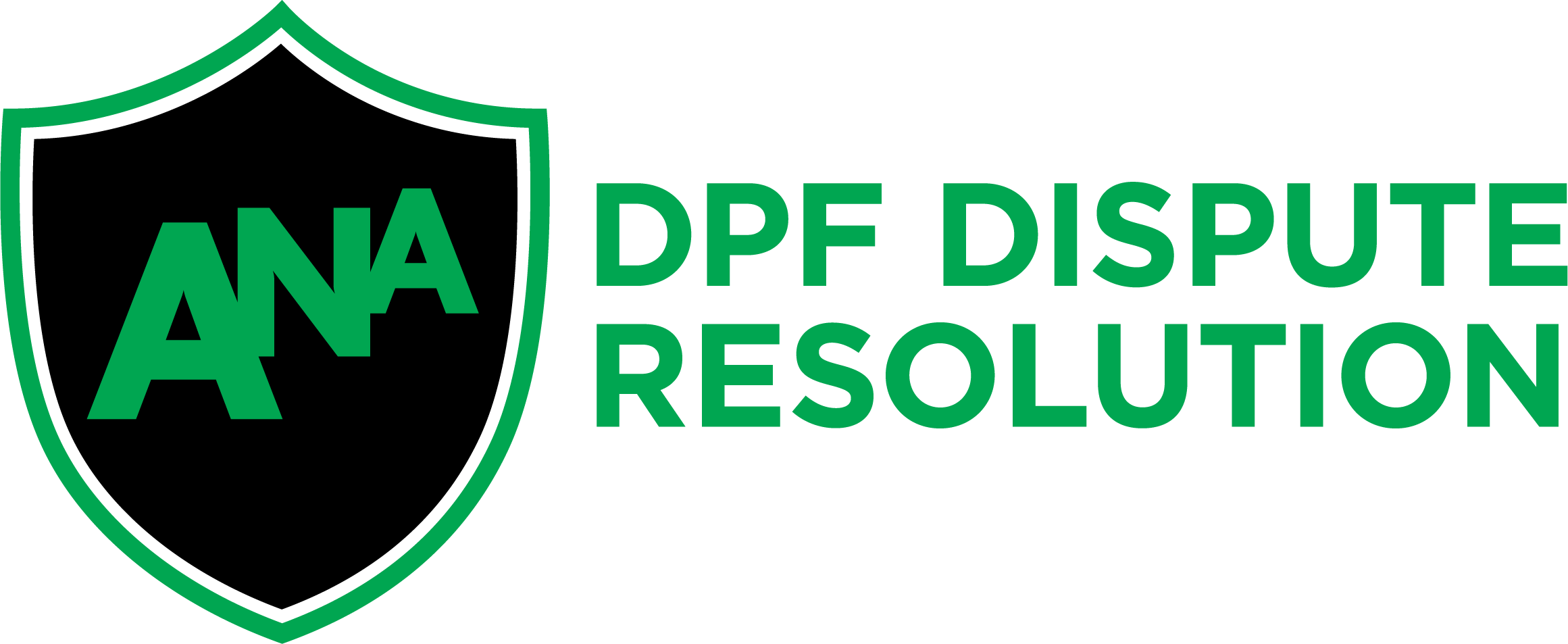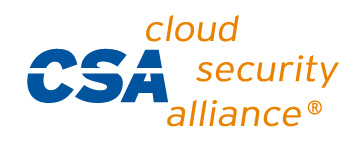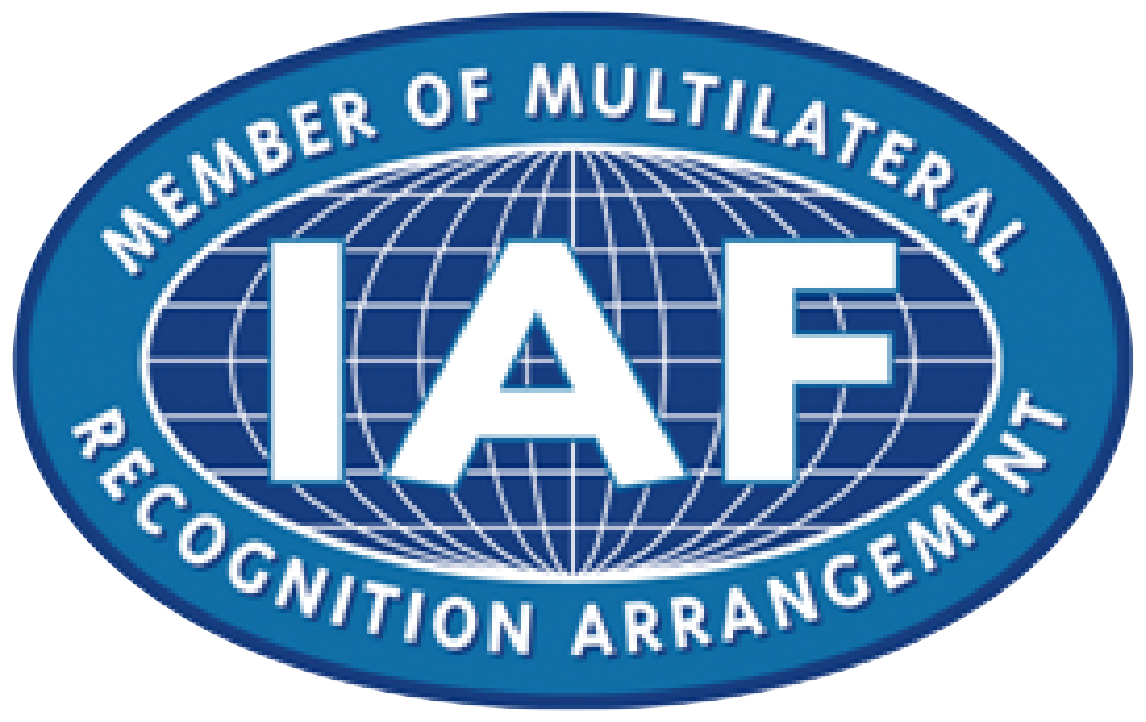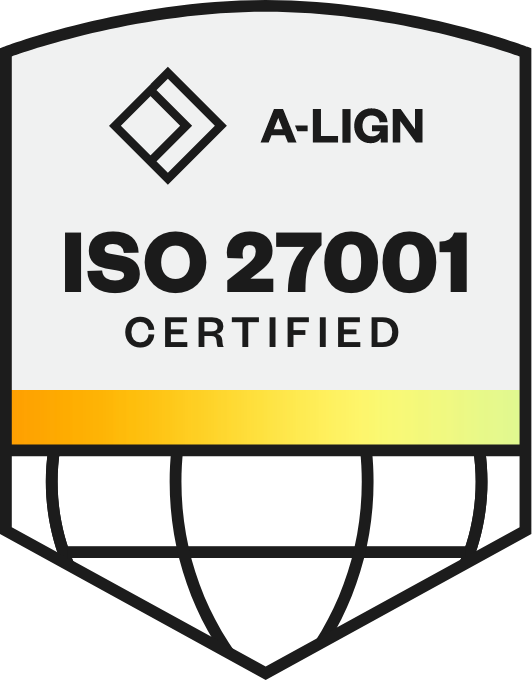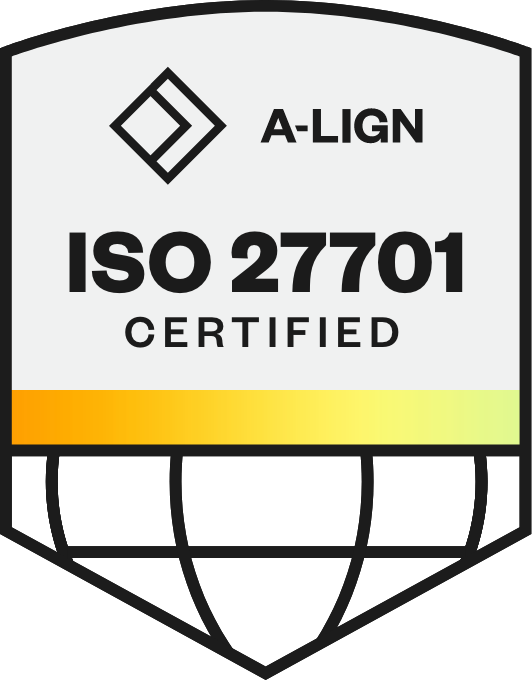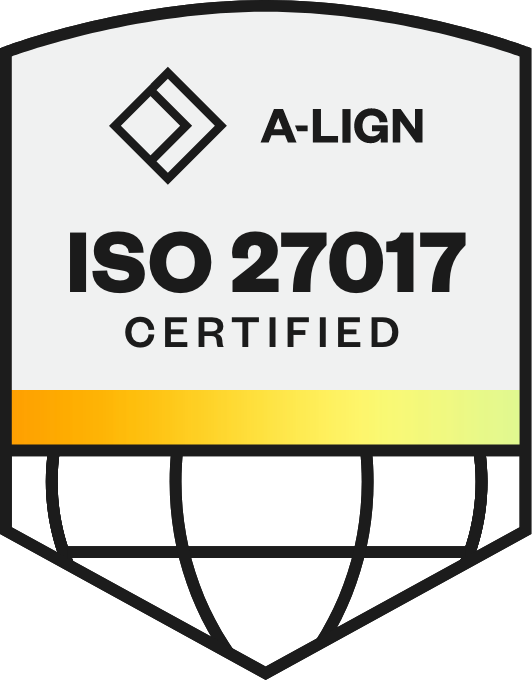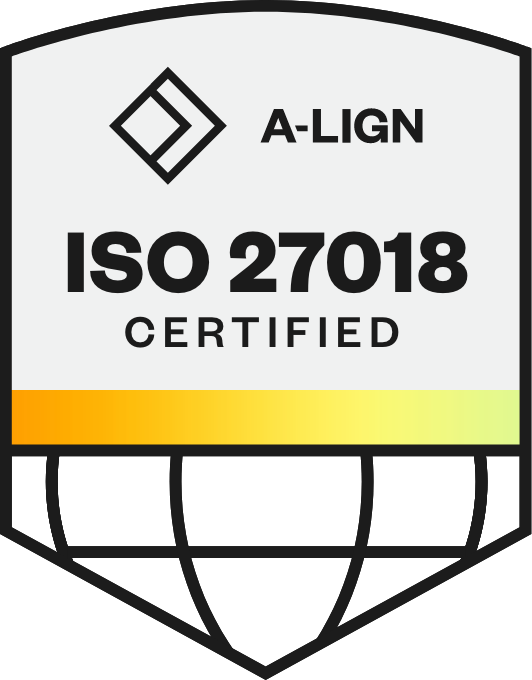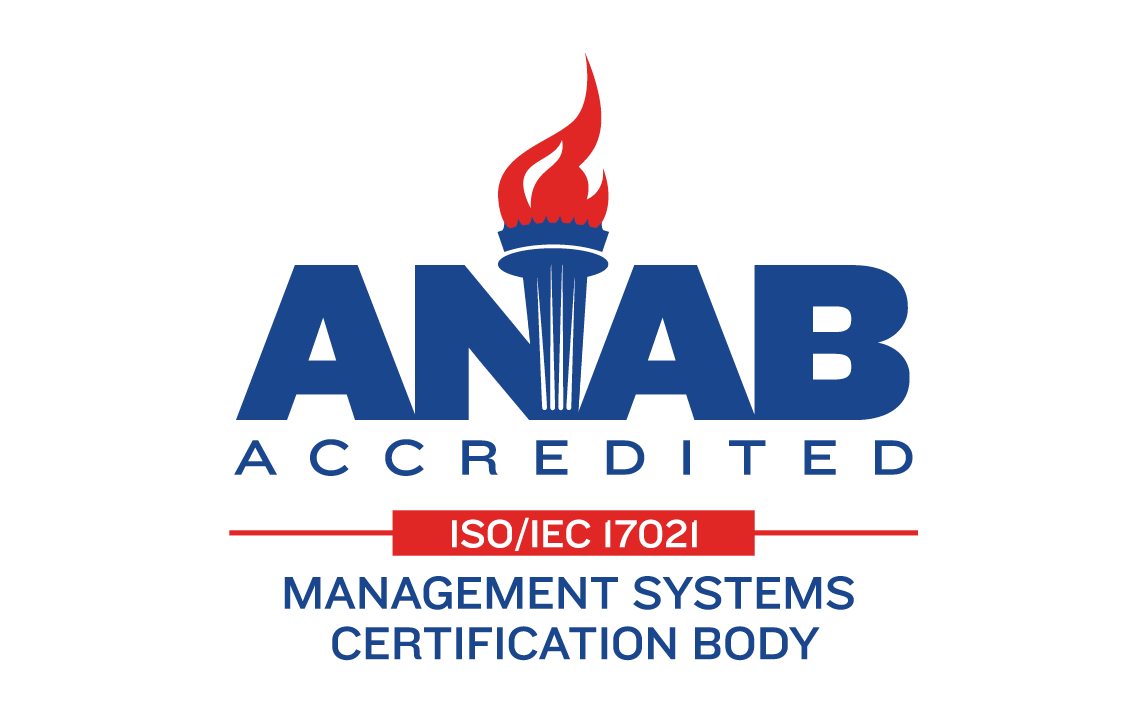
Best CRM for Recruiters: Complete Guide to Choosing the Right Solution
Candidate engagement is gaining momentum as a core focus in recruiting — not as a buzzword, but as a business priority. As expectations around this grow, the ability to maintain meaningful connections directly influences engagement and retention, making it a critical factor for both talent acquisition and talent management teams.
For recruiters, this means managing hundreds of candidate interactions without losing the human touch. And when those candidates span different career stages across numerous open roles, timing and personalization for outreach campaigns become even more complex.
Finding the best CRM for recruiters helps solve these challenges through purpose-built candidate relationship management capabilities. Unlike standard customer relationship management systems designed for sales teams, recruiting CRMs focus specifically on engaging, nurturing, and converting talent at scale.
In This Article:
Whether you're part of a TA team or a staffing agency, understanding how different CRM platforms handle sourcing, segmentation, and candidate experience becomes key to selecting the right solution.
This guide provides a strategic evaluation framework specifically designed for recruiting professionals in the consideration stage of the CRM selection process, helping you systematically assess and implement the ideal solution for your organization.
What is a Recruiting CRM and Why is it Essential?
Before diving into evaluation criteria and implementation strategies, establishing a clear understanding of what a recruiting CRM offers and why it’s become an indispensable tool is a fundamental starting point.
Defining a Recruiting CRM: More Than Just a Database
A CRM (Candidate Relationship Management) system for recruiters is a platform designed to help talent acquisition professionals build, nurture, and track relationships with potential candidates over time. Unlike an ATS, which focuses on managing applicants through active job openings, a recruitment CRM emphasizes proactive engagement, capturing candidate data, segmenting talent pools, automating outreach, and maintaining ongoing communication to keep top talent warm for future opportunities.
Think of Recruiting CRMs like relationship managers for talent acquisition professionals, similar to how a financial advisor maintains ongoing client relationships rather than directly processing transactions.
But instead of supporting client relations at a bank or investment firm, a recruiting CRM operates as a personal assistant who remembers every conversation, tracks career milestones, and reminds you to reach out at the perfect moment with relevant opportunities.
Additionally, recruiting CRMs are designed to accommodate the extended timeline of talent relationships, unlike general CRM systems designed for sales teams pursuing short-term deals. Candidates may not be ready to move immediately, but maintaining engagement over months or years ensures recruiters can capitalize on existing leads in the talent pipeline when opportunities align with career goals.
Identifying Core Benefits for Recruiters
Modern CRM recruiting platforms are powered by AI capabilities and deliver measurable improvements across talent acquisition operations. Here are the primary benefits that comprise the infrastructure needed to support your teams across the talent landscape:
Relationship Development and Maintenance: Automated nurture campaigns keep recruiters connected with passive candidates through valuable content, industry updates, and career opportunities. This consistent engagement builds trust and positions recruiters as career advisors rather than transactional intermediaries.
Enhanced Efficiency and Performance Tracking: Workflow automation handles routine tasks like follow-up scheduling, status updates, and communication sequences, allowing recruiters to focus on high-value relationship-building activities. AI-powered features improve conversion rates by identifying optimal outreach timing and content personalization.
Pipeline Visibility and Improved Conversion: Advanced analytics provide real-time insights into candidate progression, source performance, and placement probability. Recruiters can identify bottlenecks early, allocate resources strategically, and provide accurate forecasts to hiring managers and clients.
Personalization at Scale: AI-driven personalization engines analyze candidate behavior, preferences, and career patterns to deliver relevant opportunities and content automatically, maintaining the human touch even across large talent pools.
Related: What is Recruiting Automation and What Are the Benefits?
Best CRM for Recruiting: Key Features to Evaluate
When evaluating recruiting CRM features, focus on capabilities that directly solve your current operational challenges rather than impressive-sounding features you may never use. The following categories represent essential functionality that separates practical solutions from feature-heavy systems that can complicate daily workflows.
Candidate Relationship Management and Communication Tools
The foundation of any CRM for recruiters lies in its ability to facilitate meaningful, ongoing relationships with job seekers across multiple touchpoints and communication channels. Some key capabilities include:
Automated Communication Sequences: Evaluate systems that support multi-channel campaigns combining email, SMS, and social media outreach. Look for trigger-based messaging that responds to candidate actions, such as opening emails, clicking job links, or updating profiles. These automated sequences should maintain engagement without constant manual oversight, solving the common challenge of staying connected with passive candidates over extended periods.
Gen AI-Powered Personalization and Segmentation: Advanced systems enable dynamic content personalization based on candidate attributes like experience level, industry background, and career interests. This addresses the challenge of maintaining personal connections at scale while AI-driven segmentation allows you to tailor messaging for different candidate personas while improving response rates automatically.
Unified Communication History: Comprehensive interaction tracking across all channels provides context for every candidate conversation. This feature becomes particularly valuable when multiple team members interact with the same candidate or when picking up relationships after extended periods.
Automation and Workflow Streamlining Capabilities
Recruiting involves numerous repetitive tasks that can be streamlined through intelligent automation, freeing recruiters to focus on relationship building and strategic activities. Some of the key automation and workflow streamlining capabilities include:
CRM Recruiting: This involves numerous repetitive tasks that intelligent automation can streamline, freeing recruiters to focus on relationship building and strategic activities.
Interview Scheduling and Coordination: Modern recruiting CRMs integrate with calendar systems to automate interview scheduling, send confirmation emails, and manage rescheduling requests. This eliminates the back-and-forth communication that typically consumes hours of administrative time.
Lead Nurturing and Follow-up Management: Automated workflows maintain candidate engagement through scheduled touchpoints, ensuring no qualified prospects fall through communication gaps. These systems can escalate prospects based on engagement levels or career changes detected through LinkedIn integration.
Status Updates and Progress Tracking: Workflow automations keep all stakeholders informed about candidate progression through predefined communication templates and update schedules accordingly. This transparency improves client relationships and internal coordination while reducing time-to-hire metrics.
Related: The Top Talent CRM Features You Need Now
Analytics and Reporting for Data-Driven Decisions
Data visibility transforms recruiting from an intuitive process into a strategic, measurable function that demonstrates clear business impact.
Pipeline Health and Conversion Metrics: Recruiting CRMs should provide real-time dashboards showing candidate progression through each stage, conversion rates, and bottleneck identification. These insights help recruiters optimize their processes and allocate time to the highest-probability opportunities.
Source Performance Analysis: Understanding which sourcing channels produce the highest-quality candidates enables strategic resource allocation. Look for systems that track source attribution throughout the entire candidate lifecycle, not just initial contact.
Engagement and Relationship Metrics: Advanced analytics measure candidate engagement levels, response rates, and relationship strength indicators. This data helps recruiters identify which candidates are most likely to engage with new opportunities and prioritize outreach accordingly.
Sourcing and Talent Pool Management Features
The ability to proactively build and manage talent communities differentiates recruiting CRMs from simple contact management systems. The following features ensure you’re procuring a tool that’s designed to support your teams today, tomorrow, and every day after that:
Talent Discovery and Sourcing Tools: Intelligence features analyze existing candidate databases to identify active and passive candidates, including employees. Including, Fit Score algorithms that grade candidates based on role compatibility, AI discovery engines that surface hidden talent within existing pools, and Intelligent Sourcing capabilities that expand your talent pool by the thousands. LinkedIn CRM Connect provides confidence that candidate data stays current, while Phenom X+ Source tools enable natural language search to locate hard-to-find talent.
Campaigns and Engagement Automation: Sophisticated campaign management enables targeted outreach sequences based on candidate segments, career stages, and engagement history. These tools maintain relationship momentum without manual intervention.
Workflows and Integration Capabilities: Seamless data flow between sourcing tools, communication platforms, and analytics systems creates unified talent acquisition workflows that eliminate data silos and reduce administrative overhead.
Special Talent Pool Development: Features supporting the creation and nurturing of specialized talent communities around specific roles, industries, or skill sets. These pools become competitive advantages for agencies and internal teams to fish from once a role becomes open.
Collaboration Tools: Team-based features that enable knowledge sharing, candidate handoffs, and collaborative relationship management across multiple recruiters and hiring managers.
Assessing Integration Capabilities and Ecosystem Fit
Modern recruiting operations rely on multiple interconnected systems, making integration capabilities a critical evaluation factor when narrowing down the best CRM for recruiters. How well your chosen solution connects with existing tools will directly impact both implementation complexity and daily operational efficiency. Below are integration capabilities to look for:
Essential Integrations
Seamless data flow between recruiting tools eliminates duplicate entry, reduces errors, and provides comprehensive candidate visibility across the entire hiring process.
ATS Synchronization: The best CRM for recruiters integrates bidirectionally with ATS platforms, automatically updating hiring status for all candidates between relationship management and active application tracking. This integration maintains data consistency and provides complete candidate journey visibility.
HRIS and Onboarding Platform Connections: Integration with human resource information systems enables post-placement tracking, helping recruiters understand long-term placement success and identify opportunities for repeat business or referrals.
Job Board and Social Media Platform APIs: Direct connections to major job boards and professional networks streamline candidate sourcing and profile enrichment. Look for systems that can automatically import candidate information and track engagement across multiple platforms.
When evaluating integration capabilities, ask vendors the following critical questions:
What is the data synchronization frequency between systems?
How flexible is field mapping for custom data structures?
What support exists for custom integrations with proprietary systems?
How does the platform handle data conflicts between integrated systems?
What backup and recovery procedures exist for integration failures?
Related: The Talent CRM Migration Kit
Evaluating Customization and Scalability
Recruiting CRM Personalization: Processes vary significantly between organizations, making customization and scalability critical factors in long-term success. The ability to tailor workflows within the tool ensures it adapts to your team, rather than forcing your team to adapt to a rigid, one-size-fits-all solution.
Workflow and Field Customization: Systems should also accommodate unique recruiting processes through configurable workflows, custom fields, and flexible stage definitions. This adaptability becomes particularly important for specialized recruiting niches or complex client requirements.
User Permission and Role Management: As teams grow, recruiting CRMs must support granular permission controls, role-based access, and data security measures. Consider how the system handles sensitive client information and candidate privacy requirements.
Performance and Capacity Scaling: Evaluate how systems perform as data volumes increase and user counts expand. Ask about database limitations, search performance with large candidate pools, and infrastructure scalability to ensure long-term viability.
Understanding Pricing Models and ROI for the Best CRM for Recruiting
Investment decisions require a clear understanding of both immediate costs and long-term value creation. The framework below helps organizations evaluate pricing structures and calculate realistic return on investment expectations.
1. Best CRM for Recruiters: Common Pricing Structures
CRM recruiting pricing varies significantly based on features, user counts, and implementation complexity, making cost comparison challenging without understanding underlying value drivers. However, below are common pricing models you’ll likely encounter on your search:
Per-User Monthly Subscriptions: Most recruiting CRMs charge monthly fees per active user, with pricing varying based on feature sets and support levels. Consider whether pricing includes implementation, training, and ongoing support services.
Tiered Feature Packages: Many vendors offer multiple tiers with progressively advanced features like advanced analytics, automation capabilities, and integration options. Evaluate whether entry-level tiers meet immediate needs while providing upgrade paths for future growth.
Implementation and Setup Costs: Factor in one-time costs for data migration, system configuration, and initial training. These costs can vary significantly based on implementation complexity and customization requirements.
2. Calculating Return on Investment (ROI)
Quantifying recruiting CRM value requires measuring both cost savings and revenue improvements across multiple operational areas. Start by calculating hours saved through automation, reduced administrative tasks, and streamlined workflows, then multiply these hours by the average recruiter's hourly costs to quantify direct savings.
Next, measure improvements in placement success rates and reductions in time-to-hire, as faster placements increase revenue velocity while improved success rates reduce costly rework and client dissatisfaction.
Finally, track long-term placement success and employee retention rates, since higher-quality placements reduce replacement costs and strengthen client relationships, leading to increased repeat business and referrals.
Revenue Impact Calculation Examples:
10 recruiters saving 8 hours weekly × $50/hour = $20,800 monthly savings
25% faster time-to-fill on 50 monthly placements = $125,000 additional quarterly revenue
20% improvement in placement success rate = $200,000 annual revenue increase
Strategic Implementation and Adoption Best Practices
Successful recruiting CRM implementation extends beyond technical configuration, requiring careful change management, comprehensive training, and ongoing optimization efforts. Let’s take a closer look at each of the critical stages that can make or break your rollout strategy.
Planning for Seamless Rollout
Thorough preparation lays the foundation for successful implementation, preventing common pitfalls that can derail CRM projects.
Prepare for data migration and system configuration. Begin by analyzing the candidate database, identifying duplicate records, outdated information, and data standardization needs. Clean data migration prevents ongoing operational issues and improves system performance. Establish clear goals for CRM usage before launch, including specific metrics for candidate engagement, pipeline health, and user adoption rates.
Start Process Mapping and Design Workflows: Document current recruiting workflows and identify improvement opportunities before configuring the new system. This planning prevents recreating inefficient processes in new technology while ensuring the CRM supports actual business needs rather than theoretical best practices.
Begin Goal Setting and Track Success Metrics: Establish baseline measurements for key performance indicators like time-to-hire, placement rates, candidate engagement levels, and recruiter productivity. These metrics provide objective assessment criteria for implementation success and ongoing optimization efforts.
Related: The Human Side of HR Tech Implementation: Building Successful Partnerships
Training and User Adoption Strategies
Technology adoption success depends more on user engagement than system capabilities, making training and change management critical implementation factors. Start with core functionality training for basic daily tasks, then gradually introduce advanced features as users gain confidence.
This phased approach prevents overwhelming users while building competency progressively, focusing initial training on features that provide immediate value and demonstrate clear benefits. Identify enthusiastic early adopters who can provide peer support and demonstrate system benefits to skeptical team members. These champions often prove more persuasive than formal training sessions, as they understand practical challenges and can share real-world success stories.
Plan for continuous learning opportunities, regular system updates, and process refinement based on user feedback and performance data. Schedule monthly check-ins during the first six months to address challenges and identify optimization opportunities.
Overall, it’s important to remember that adoption is an ongoing effort — assess, adjust, and pivot accordingly to best support your goals and your workforce throughout the transition.
Post-Implementation Review Template
Conduct a systematic evaluation 90 days after launch using the following assessment criteria:
User Adoption Metrics:
Percentage of daily active users vs. licensed users
Feature utilization rates across core functionality
User satisfaction scores and feedback themes
Performance Improvements:
Time-to-hire changes compared to baseline
Candidate engagement rate improvements
Pipeline conversion rate modifications
Process Efficiency Gains:
Administrative time reduction measurements
Communication touchpoint automation success
Integration performance and data accuracy
Areas for Optimization:
Underutilized features requiring additional training
Workflow bottlenecks requiring configuration changes
Integration gaps affecting data flow or user experience
Set Your Business Up for Success with Strategic CRM Selection
The critical role of a well-chosen recruiting CRM in modern talent acquisition cannot be overstated. As organizations evaluate their options, applying the assessment criteria and strategic insights covered in this guide becomes essential for selecting a solution that aligns with specific recruitment objectives and workflow requirements.
When evaluating platforms, prioritize solutions that combine intelligent relationship management with practical workflow automation. Look for systems that integrate seamlessly with existing technology stacks while providing the customization flexibility needed for unique organizational processes.
AI-powered capabilities have become increasingly important differentiators, particularly in candidate matching, personalized communication, and predictive analytics. However, advanced capabilities mean little without proper implementation planning and user adoption strategies.
Success depends on thorough evaluation using the framework presented here, considering integration capabilities, scalability requirements, and long-term optimization potential. Organizations that approach CRM selection strategically will build sustainable competitive advantages in an increasingly complex talent marketplace.
Considering moving to a new technology? Check out the Ultimate Guide to a Seamless Talent CRM Migration to learn more about strategic planning for successful transitions and avoiding common pitfalls.
Devi is a content marketing writer who is passionate about crafting content that informs and engages. Outside of work, you'll find her watching films or listening to NFAK.
Get the latest talent experience insights delivered to your inbox.
Sign up to the Phenom email list for weekly updates!



